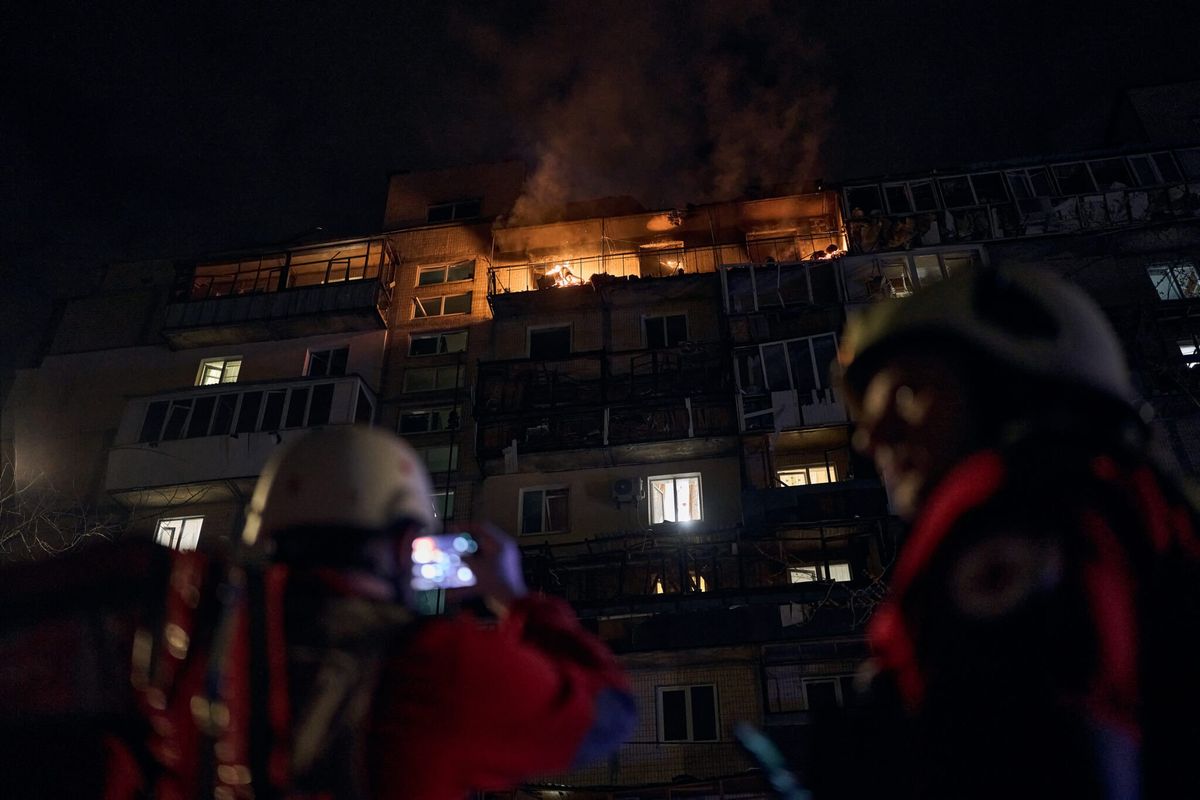Current and former Intelligence Community heads say intelligence briefings must shift under President Donald Trump to acknowledge his tendency to be what National Geospatial-Intelligence Agency Deputy Director Susan Gordon described as a “fire and forget” type of leader.
During a discussion at The Cipher Brief’s Annual Threat Conference in Sea Island, Georgia on Thursday, the challenges of briefing Trump on national security took center stage as top officials both in and out of government debated the best way to present intelligence to the president.
Former CIA and NSA Director General Michael Hayden asked former Acting CIA Director John McLaughlin how he would recommend briefing a president with what Hayden dubbed a “well-earned reputation for being kind of ahistorical.”
“I think with a President Trump, this would be challenging, but I think achievable,” McLaughlin replied. “The challenge would be the challenge that we have in all intelligence writing, which is how to be simple, but not simpleminded and short.”
The key, McLaughlin said, is to understand how the president likes to obtain information — for instance, through graphics — and then temper efforts to demand a decision from him. With someone like Trump, or anyone who has a “very short attention span,” the best method may be to put in important images and make everything to the point, he told the conference.
“With some people a short attention span comes from different things, it could come from low intelligence, it could also come from just impatience and a mind that's highly active and not tolerant of anything that goes off to the side from the main interest. So I think the challenge with him would be communicating orally in a way that he gets — we've all had customers like that — graphics, and short and simple but clear and sophisticated,” he said.
“I hear the briefings are… kind of chaotic, but they do take place,” McLaughlin noted.
The former acting CIA director told conference attendees that he suggests briefers “be careful not to prod him into a decision with intelligence.”
“Not that we do that purposefully with intelligence, but we've all had that experience, operations people here and analysts here, of something that you've put out is understood by a policymaker to demand action right now, go do this now,” McLaughlin said. “With him, I'd be afraid of him saying, 'That's interesting, pitch that now, go do that, go call him.' Sometimes you love that, but I think you might be in a position to want to go to that carefully.”
And Trump presents a particularly difficult challenge for the IC, given that he has often been unwilling to correct inaccurate information he has discussed or released via social media, McLaughlin said. He recalled that when dealing with presidents he served under, “you just tell them directly. They want to know, typically.”
“President Bush wanted to know if you knew he had said something wrong. He didn't want to say it again,” McLaughlin said. “Bill Clinton was certainly that way and didn't get angry."
“Sometimes when issues are enormously emotional or controversial, it's harder, but this president I think first off, if you're the intelligence person, you just have to say it and hope he gets it. I don't know what else to do,” he added. “Write it down and send it as a memo, a very short memo."
Gordon, whose agency produces geospatial intelligence through the analysis of satellite data and imagery of physical features and activities on Earth, jumped into the conversation to emphasize that under Trump, however, the IC “has a responsibility to figure out how we’re going to present differently.”
“Intelligence is pristine and pure and true, and the separation between that and policy is something that we really want to maintain. But I don't think in briefing this president you can forget that he wants to do something. And you can't absolve yourself of responsibility that he's going to want to do something,” she said. “To understand what he wants to do and then understand how you present that information in a way that gives you the best chance of him understanding the information and the context of what he wants to do.”
It’s “kind of a slippery slope,” Gordon acknowledged, “but it feels to me that it's the only way that we're going to kind of navigate this if we don't absolve our self of responsibility for the fact that he has action in mind, sometimes before we walk in.”
IC professionals must also consider Trump’s “fire and forget” approach as they figure out how to present critical national security information.
“I think this is one of the first presidents that is reflective of the immediacy of society and the kind of fire and forget, fire and forget, move on, move on, move on,” Gordon said.
“Someone who's tweeting may not be as interested in correcting the record because all he's interested is in that moment,” she said. “So again, thinking about how we present intelligence so it can be heard, seen, understood most effectively against that backdrop is I think something we have to respond to.”
The problem, she said, “is, you get awfully close to tailoring” intelligence.
“But if you don't, you get awfully close to him just running with it without doing it. So, to me, one of the things we're going to have to do is figure out understanding his framework for action and then understanding how you best present intelligence so that it can be best understood. But this move on, move on, move on, I think is something that I think we're also going to have to deal with it,” Gordon told the conference.
The IC needs to try to help Trump get it right, or as close to as possible, the first time. “And close enough to right because he doesn't feel like someone who even thinks that correcting it has much import because it's all just a series of things that move forward,” she said.
Mackenzie Weinger is a national security reporter at The Cipher Brief. Follow her on Twitter @mweinger.









